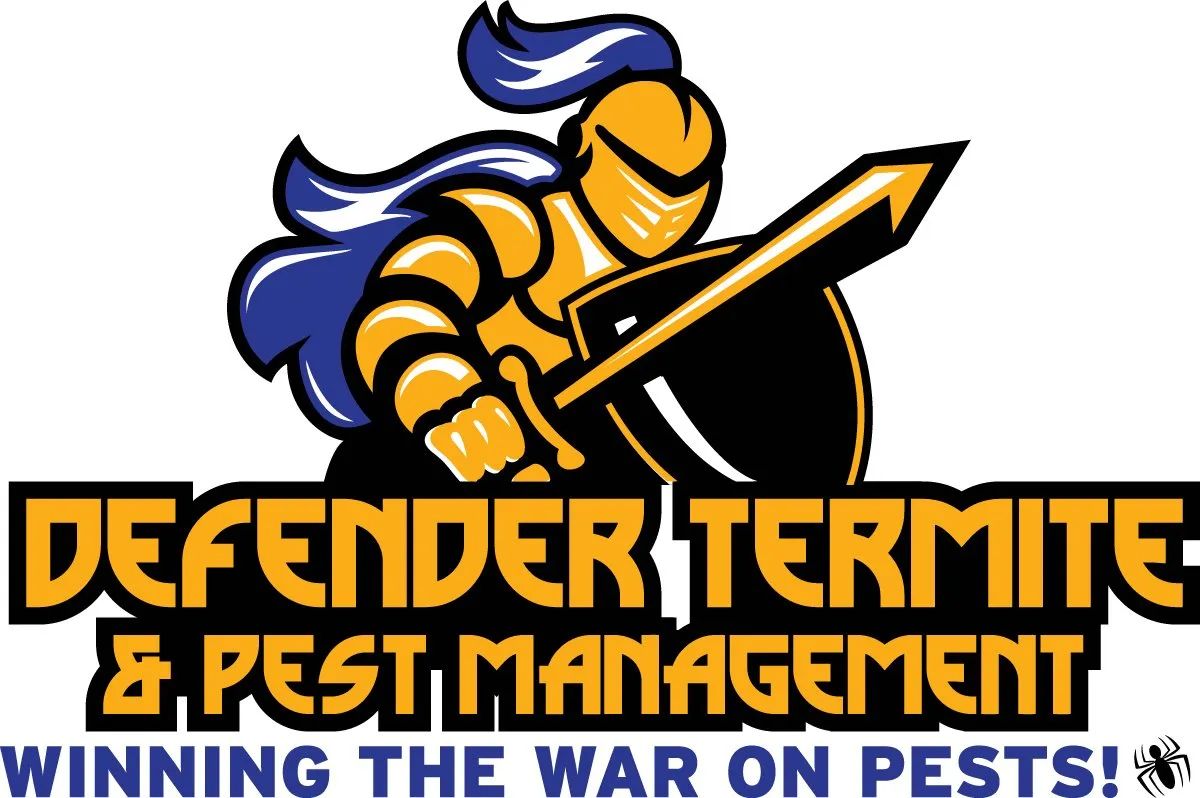19 Things a New Homeowner Should Do Immediately to Save Money
cinchweb • January 21, 2017
So you’ve just moved into your nice new home. You’ve unloaded the boxes and started to unpack your life.
Right now is the perfect
time to walk through a checklist of ways to save money on your home for years to come.
Starting on these things as early as possible will allow you to start saving money sooner rather than later. Plus, some of them will be easier to accomplish before you hang pictures or get too settled in — and lose your move-in momentum.
Here are 19 things to check or do immediately that will reduce the energy and maintenance costs of your home over the long haul.
If you have an unfinished attic, pop your head up there and take a look around. You should see insulation
up there between the beams, and there should be at least six inches of it everywhere (more if you live in the northern part of the United States).
If there’s inadequate insulation up there – or the insulation you have appears to be damaged – install new insulation. Here’s a great guide from the Department of Energy on attic insulation
, including specifics on how much you should have depending on where you live. Many states offer financial incentives, up to a 75% refund for instance, to encourage homeowners to better insulate their homes.
This is the optimum temperature for your hot water heater. Most people don’t use water hotter than 120 degrees — indeed, water hotter than that can scald you or a child — and thus the energy needed to keep the water above 120 degrees isn’t used effectively. Lower the temperature, save money on your energy bill, and you’ll never skip a beat.
While most modern hot water heaters are well-insulated, some are insulated better than others, and many older heaters aren’t insulated well at all. A small investment in a blanket for your water heater
will slowly and gradually save you money on your heating bill over time by keeping the heat in the water instead of letting it disperse slowly into your basement or utility closet.
The Department of Energy recommends being “careful not to cover the water heater’s top, bottom, thermostat, or burner compartment.” And of course, on-demand (or “tankless”) water heaters don’t require this treatment.
Ceiling fans
are a low-energy way to keep air moving in your home. Because of the air circulation effect, you can get away with keeping your thermostat a degree or two higher in summer and a degree or two lower in winter, netting a rather large savings.
A while back, I wrote a guide to maximizing ceiling fan use. The most important thing to know is that the air directly below the fan should be blowing down
on you in the summer and should be pulled upwards away from you in the winter — you can use the reversal switch on your fan to switch between the modes at the start of each season.
Exposed hot water pipes lose heat as they move water from your heater to your faucet or shower. Wrapping them in pipe insulation
, especially in cold basements or garages, can make a two- to four-degree difference in the temperature of the water, and also allows hot water to reach your faucet faster.
Check the pipes into and out of your hot water heater first, as the first three feet out of the heater (and the last few feet of inlet water) are key. Use good-quality pipe insulation for the job, which is actually quite simple — here’s a tutorial.
A programmable thermostat
allows you to schedule automatic increases and decreases in your home’s temperature, saving money on cooling in the summer and heating in the winter.
They’re easy to install and easy to use, especially if you keep a fairly routine schedule. Just program the thermostat to drop a few degrees at night while you’re sleeping or off at work during the day, and set it to return to your preferred temperature just before you wake up or return home from work. You won’t notice the difference — until you see your lower utility bill.
When you first move in, you almost always need to replace the air handling filter
or the filter on your furnace or AC unit. Don’t worry, it’s easy to do – it takes about 10 seconds.
Go down to your air handling unit, find where the filter is (it’s almost always a large rectangle), and mark down the measurements (printed around the edges). Then, go to the hardware store and pick up a few of them. Go home and replace the old one with a new filter, and save the rest so you always have a clean one ready to go. An outdated filter not only doesn’t filter air as well, it also has a negative impact on air flow, meaning your air handling system or HVAC unit has to work harder — and use more energy — to pump out lower quality air.
None of the vents in your home should be covered or blocked by anything – doing that makes your heating and cooling work overtime. You should also peek into all of your vents and make sure they’re as dust-free as possible, and brush them out if you see any dust bunnies. This improves air flow into the room, reducing the amount of blowing that needs to happen.
Many homes have a few small cracks in their basement walls from the settling of the foundation and the weight of the house. In a stable home, the small cracks aren’t growing at all – they’re safe. If they’re growing, however, you’ll save a ton
of money by getting the problem addressed now
rather than later.
How do you tell if they’re growing? Take some masking tape
and cover up the end of any cracks you notice inside or outside, and write today’s date on the tape. Then, in a few months, check the tape – if you see a crack growing out of the end of the tape, you might have a problem and should call a specialist before the problem gets out of hand.
Even an efficient clothes dryer
can really eat up your energy costs, but it’s convenient for many people. If you’re willing to battle that convenience, you can save money by hanging a clothes rack
from the wall in the laundry room and using it for some items; t-shirts, underwear, towels, and pillow cases dry great on clothes racks. If you can hang up 20% of the clothes in a load on a rack, you can get away with running the dryer 20% less than before, saving you cash.
Even better: If you can, install a clothesline
in your back yard and hang most of your clothes to dry outside, where a good breeze can do the work of a dryer in no time — and at no cost.
Even if you only use a clothesline for some of your clothes, it will save you plenty of money over time.
Do a survey of the plumbing in your home before you settle in. If you find a toilet is running constantly, it’s going to cost you money – here’s how to easily fix that constantly-running toilet.
You should also peek under the basin of all the sinks in your home, just to make sure there aren’t any leaks. Got a leaky faucet? You should repair or replace any of those, because the drip-drip-drip of water is also a drip-drip-drip of money; not to mention the terrible interplay between mold and home insurance.
LED
and CFL
bulbs can save you a lot of money on energy use over the long haul, plus they have much longer lives than normal incandescent bulbs, making them well worth the upfront investment. Consider installing some in various places — especially in areas where the lights may be in use for long periods, like the living room or kitchen, or left on accidentally, like a back hallway or basement. CFL bulbs tend to be cheaper, but LED bulbs are usually preferable in terms of performance, and have come down in cost quite a bit over the past few years.
Unless you were lucky enough to buy a fully-furnished home, you’ll likely have to do some appliance shopping. Focus on reliability and energy efficiency above all, even if that seriously increases the cost you have to pay up front. A refrigerator that uses little energy and lasts 20 years is far, far cheaper over the long run than a fridge that runs for seven years and guzzles electricity.
Looking forward to getting your television, cable box, DVD player, sound system, and video game console set up? When you do it, set things up with proper surge protection (to shield your equipment from electric surges). You might also want to consider a SmartStrip
, which makes it easy to “unplug” devices that aren’t in use.
A SmartStrip
allows the on-off status of one device — say, the television — to control whether or not there’s power flowing to other devices (say, the DVD player or the video game console). Having the power cut automatically from such auxiliary devices can save a lot of money over time, especially since many such devices eat quite a bit of power as they sit there in standby mode, constantly draining your money.
Mother nature can help you save significantly on your summer cooling costs — and heating costs in winter, too.
Plant deciduous trees — the kind that lose their leaves in the fall — on the western and eastern sides of your house. The leafy shade trees will naturally cool your home during the hot summer months by reducing the amount of direct sunlight that hits your house.
In the winter, they’ll lose their leaves, allowing that same sunlight to stream through your windows and heat up the home a bit more. And if you plant evergreens on the north and northwest sides of your home, they won’t affect the sunlight, but will shield your home from cold winter winds.
As an added benefit, mature trees can increase your property value. Just make sure to plant them a safe distance from power lines and your home itself (no one wants a downed limb poking through their roof). Plant them now, and they’ll grow and shade your house sooner.
One of the first things many homeowners do is change the locks on their new home. You don’t need to be particularly handy to install new door hardware, and a set of basic doorknobs and locks
for your front and back door will only set you back $20-$80 or so. It may seem unnecessary, but there’s no way to know whether there are copies of your old key floating around, and who might have them if so. Investing a bit of money and time today can protect you from burglary down the road.
While you’re at it, get an extra copy of your key made and leave it with someone you trust, so you don’t have to shell out $100 to a locksmith when you inevitably lock yourself out.
This isn’t such a problem in new homes, some of which are built tight as drums, but in older homes, it’s important to look for any places where air may be leaking directly into or out of your home. Common trouble spots are around doorways, windows, and even electric outlets.
These aren’t just air leaks – they’re money leaks. Thankfully, fixing small air leaks
is pretty easy – here’s a great Department of Energy guide to caulking and weatherstripping
, which will keep such air leaks from sucking the heat – and money – out of your home.
The energy tax credit, which was set to expire in 2014, was renewed at the last minute in December. That means homeowners who made energy-based improvements to their homes
last year were eligible to receive a tax credit for 10% of the cost, up to $500 lifetime. Whether this popular credit is renewed for another year, however, is anyone’s guess. A whopping 30% tax credit toward the cost of solar energy systems
, residential wind turbines, and geothermal heat pumps is in effect through 2016.
Your state or city may offer even more benefits, from no-interest loans to rebates, so do some research when you invest money improving the efficiency of your home — you may save even more money than you expected.
Many states and local utility companies also provide home energy audits for free or at a discount. Someone will thoroughly inspect your home to find where you’re wasting energy. They’ll look for air leaks and uninsulated pipes, test the efficiency of your heating and cooling equipment, and even replace any older incandescent light bulbs for free.
One final tip: Create a home maintenance checklist. This list should include regular home maintenance tasks that you’d want to do on a monthly, quarterly, or annual basis. Then, make it a habit to run through the items on this list every so often. Doing so will extend the life of almost everything in your home, saving you buckets of money over time.
LINKS FOR ARTICLE
The post 19 Things a New Homeowner Should Do Immediately to Save Money
appeared first on .
By cinchweb
•
June 1, 2020
When most people think of home inspections, they do so from the position of the buyer. However, seller
By cinchweb
•
June 1, 2020
Home inspections are a critical part of the buying and selling process. With an inspection, homebuyers
By cinchweb
•
June 1, 2020
A home is a major investment, and a pre-purchase inspection is a critical part of the buying process.

By cinchweb
•
October 10, 2018
Here you can find links to some of this Fall’s best events local to the Sacramento community: Bel Air Carmichael Succulent & Pumpkin Party – https://business.facebook.com/events/471230853367382/ Join us for our first Fall Floral workshop! You’ll create your own beautiful Harvest centerpiece using succulents, pumpkins and Fall-floral accents. Danielle, our Floral Team Leader will be your […]
The post October Spooktacular Events appeared first on .
By cinchweb
•
October 4, 2018
Keep In Mind Mold spores are all around us, but the growth of mold can be prevented. Mold needs moisture, warmth and food in order to grow in your home. When you deprive mold of moisture, warmth and food, you will stop it from growing, but you won’t kill the mold that is already there. The […]
The post Preventing Mold Growth During Winter appeared first on .
By cinchweb
•
October 2, 2018
Easy Tips To Winterize Your Home Like raking leaves and planting bulbs, installing storm windows and cleaning gutters are telltale fall rituals. But what else can you do to prepare your home for sweater weather? Which steps can you take now to make this winter safe, comfortable, and healthy? To prepare your property for snow, […]
The post Prepare Your Home For Winter appeared first on .
By cinchweb
•
July 27, 2017
Golden State Inspection Services inspects every kind of property for mold. Whether you’re a home buyer looking at a property or a business owner concerned about your employee’s well-being, a mold inspection ensures your safety and health. Catching mold before it spreads means you save more money on repairs or save yourself from making […]
The post Do You Need A Mold Inspection? #MoldInspection #PropertyInspections #HomeInspection appeared first on .
By cinchweb
•
July 25, 2017
A commercial inspection can help your business’s structure stay in top shape. Regular inspections enhance the durability of the roof. Roofs are exposed to the harshest weather conditions and will degrade in quality over time. A regular check on your roof’s condition will extend its longevity. Contact Golden State Inspection Services today to […]
The post Why You Need A Commercial Inspection appeared first on .
By cinchweb
•
July 18, 2017
Having your property inspected before you list it could be the perfect form of preventative action. Home buyers, sales agents, or lawyers generally recommend an inspection. In this case, what’s good for the buyer is also good for the seller. Because surprises are equally damaging to sellers of property, the seller should get a […]
The post Seller Inspection – Property – Prevention appeared first on .












